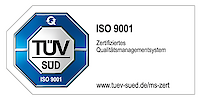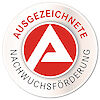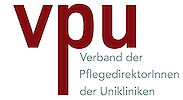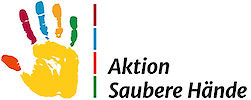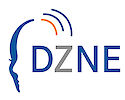Poster Guidelines
POSTER GUIDELINES and EVALUATION CRITERIA
Poster Guidelines
In ILEXIUM, the purpose of the poster is to communicate the project to others in a very concise, yet engaging manner. Posters must conform to the following requirements (posters not conforming to these requirements will not be eligible for any special prizes):
- Poster dimensions (Landscape format) = Width: 84.1 cm (2.8 ft.) / Height: 118.9 cm (4 ft.)
- Font size must be readable from a distance. Recommended font sizes are:
- 36-40 pt for headers
- 32-36 pt for body text
- 16-22 pt for captions beneath graphs / figures
- 26-32 pt for references and contact information
Expected ILEXIUM Poster Components
Poster judges will expect the following components to be present in the poster:
- Title
- Authors and their Affiliated Institution(s)
- Introduction or Abstract
- Objectives
- Materials & Methods
- Results: Graphs / Figures
- Conclusions
- References
- Contact Information
Poster Evaluation Criteria
The following criteria will be used to evaluate the posters:
- Ability to Stand Alone: The poster should be able to stand alone as a clear communication of the project without the team present.
- Balance: The poster should be a balance of text, figures, and space. Excess text should be avoided - figures should play a dominant role in communicating the project on the poster. There should be adequate space around text and figures to avoid a crowded appearance.
- Overall Visual Appeal: Color and font changes should be used appropriately. The use of too many colors creates an unprofessional appearance. There should be consistent use of color throughout the poster to represent the same concept - the colors should not be randomly switched. A poster with overall visual appeal stands out among other posters.
- Legibility: The poster should be easy to read. There should be high contrast between the text and background. The background should not be busy and distracting. The resolution of the poster (printed or online) should be high enough that the text is clear and there is sharp detail on the figures. Avoid use of poor quality graphs/figures and other images on the poster. Poster text and figures may appear clearer on screen than on paper; therefore, a printout of the poster should be viewed prior to display.
- Quality of Graphs / Figures: The key concepts of the project should be represented in graphs or figures. It is ideal if a single figure represents the entire concept. Figures should be well labeled and have clear legends.
- Conciseness: The content of the poster should be technically written. It should take no longer than 10 minutes for someone to read the poster.
- Flow: The poster content should follow a logical sequence. The reader should be able to navigate the poster with ease.
- Appropriate and Relevant Content: Careful thought should be put into selection of poster content. Redundancy in the presentation of information becomes tedious and exists at the expense of other information.
- Accuracy of Information presented: The scientific content of the poster should be accurate.
- Grammar/Spelling: Posters should be thoroughly reviewed prior to printing for spelling and grammar errors.
- Oral Presentation of Poster: The poster presentations provide judges the opportunity for detailed probing. The team should be able to answer in-depth questions. This opportunity lets judges find out whether teams really understand the project.
Poster Judging Process
The posters will be critiqued by a team of poster judges prior to the poster reception. The posters will be judged at this time to ascertain if the posters can stand on their own as clear communication of the project. Presenters should not approach the judges during this time. During the poster reception, this team of judges will be visiting the posters and discussing the projects with team members. Evaluations of both the displayed poster and the oral presentation of the poster factor into the awarding of the Best Poster prize.
Judges have the following expectations of teams at the poster reception:
- Posters need to be set up for display by the deadline provided. Judges will be critiquing the posters before the poster reception commences.
- All team members should be present throughout the poster reception. Keep in mind that the team members have expertise in various components of the project. Inability of the team members who are present to correctly answer questions during the judges’ visits negatively impacts the entire team, as well as its advisors and sponsors.
- Teams should not select a single spokesperson for the team, nor should a single team member monopolize the oral presentation of the poster to the judges. Judges expect a “team” presentation of the poster, so make certain that all team members are prepared to contribute if called upon.
- Your oral presentation during the poster reception needs to be concise due to time constraints. If a judge requests a brief explanation, do not provide a lengthy one.


